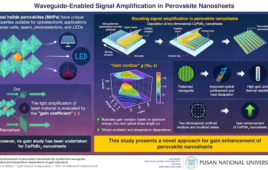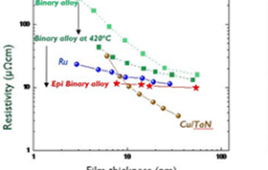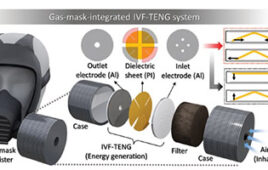|
Engineers at the University of California, San Diego are developing nanofoams that could be used to make better body armor; prevent traumatic brain injury and blast-related lung injuries in soldiers; and protect buildings from impacts and blasts. It’s the first time researchers are investigating the use of nanofoams for structural protection.
“We are developing nanofoams that help disperse the force of an impact over a wider area,” says Yu Qiao, a professor of structural engineering at the Jacobs School of Engineering at UC San Diego. “They will appear to be less rigid but will actually be more resistant than ordinary foams.”
Researchers are in the first year of a three-year program funded by the Army Research Office. “We are getting some promising results,” Qiao says. Cang Zhao, a graduate student in Qiao’s research group, will present the results at Research Expo April 18 on the UC San Diego campus.
The nanofoams are made up of a honeycomb, or porous, structure and are very light—pores make up anywhere from 50 to 80% of the structure. Researchers have been trying to determine the optimal pore size to absorb energy from impacts. They have manufactured samples with pore sizes ranging from 10 nanometers to 10 microns. Preliminary results show that when pore size reaches tens of nanometers, the material seems to perform best. Those samples absorb energy from an impact or blast over a wider area, which makes the material more resistant to impacts and blasts. By contrast, in ordinary foams, energy is absorbed in one localized area, leading to quick failure. This problem is called “damage localization” and means that ordinary foams do not perform well to protect against impacts or blasts.
The materials are tested in Qiao’s laboratory at the Jacobs School. Samples are placed in a testing rig powered by a gas gun and subjected to increasingly stronger impacts. Researchers then put the samples under a scanning electron microscope to examine the damage. They use extensive data analysis to determine how much energy the nanofoams absorbed during the impact tests.
The samples are also manufactured in Qiao’s laboratory. Researchers first blend two materials together at the molecular level, then they use acid etching or combustion to remove one of the two materials, creating nanoscale empty channels in the process. Currently, the material is dry cured. During the next two years, researchers plan to apply similar principles to manufacture and test metallic and polymeric nanomaterials.
“People have been looking at preventing damage from impacts for more than a hundred years,” says Qiao. “I hope this concept can provide a new solution.”





